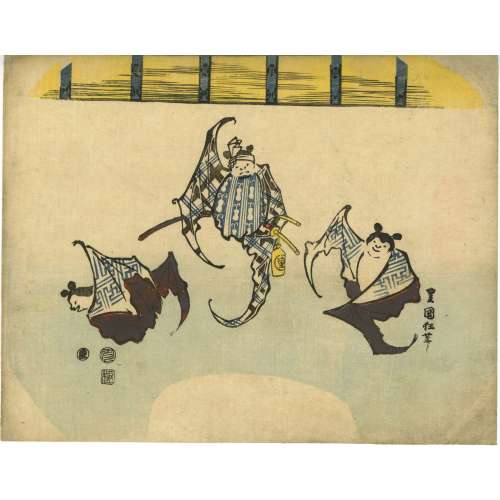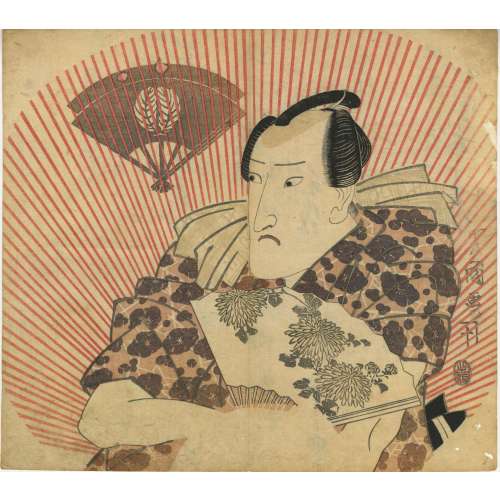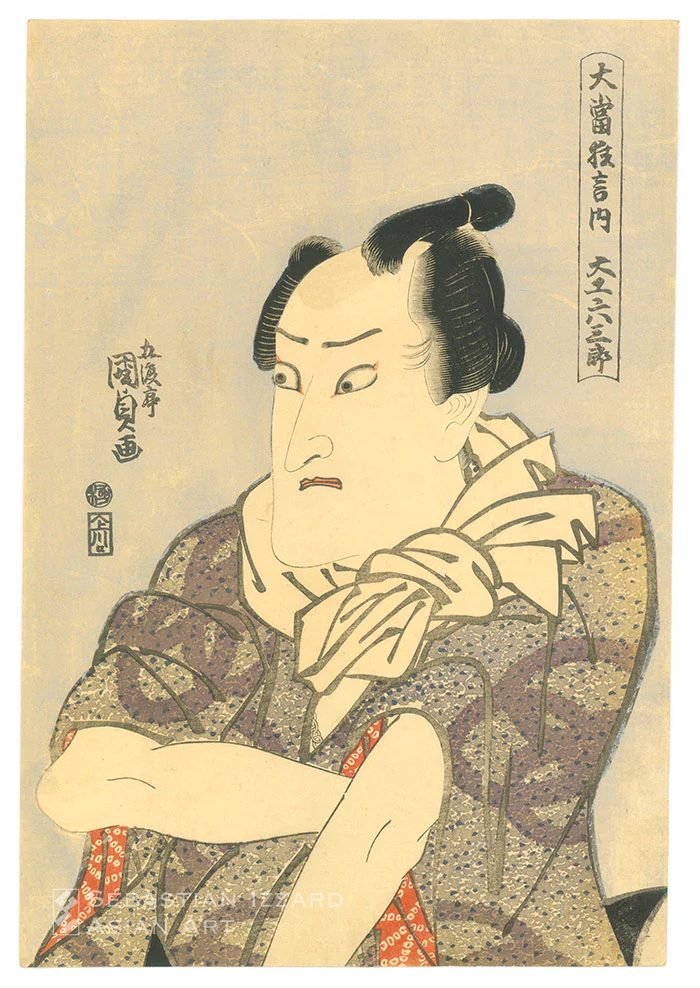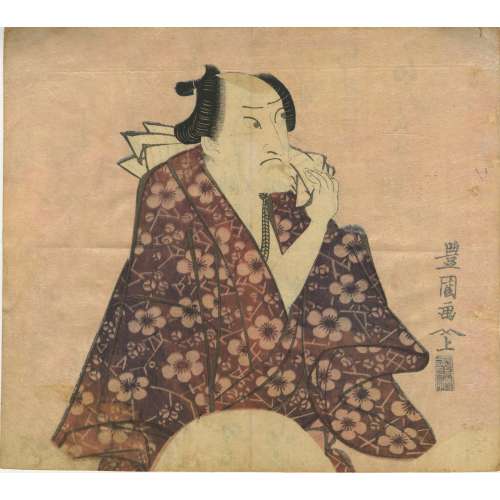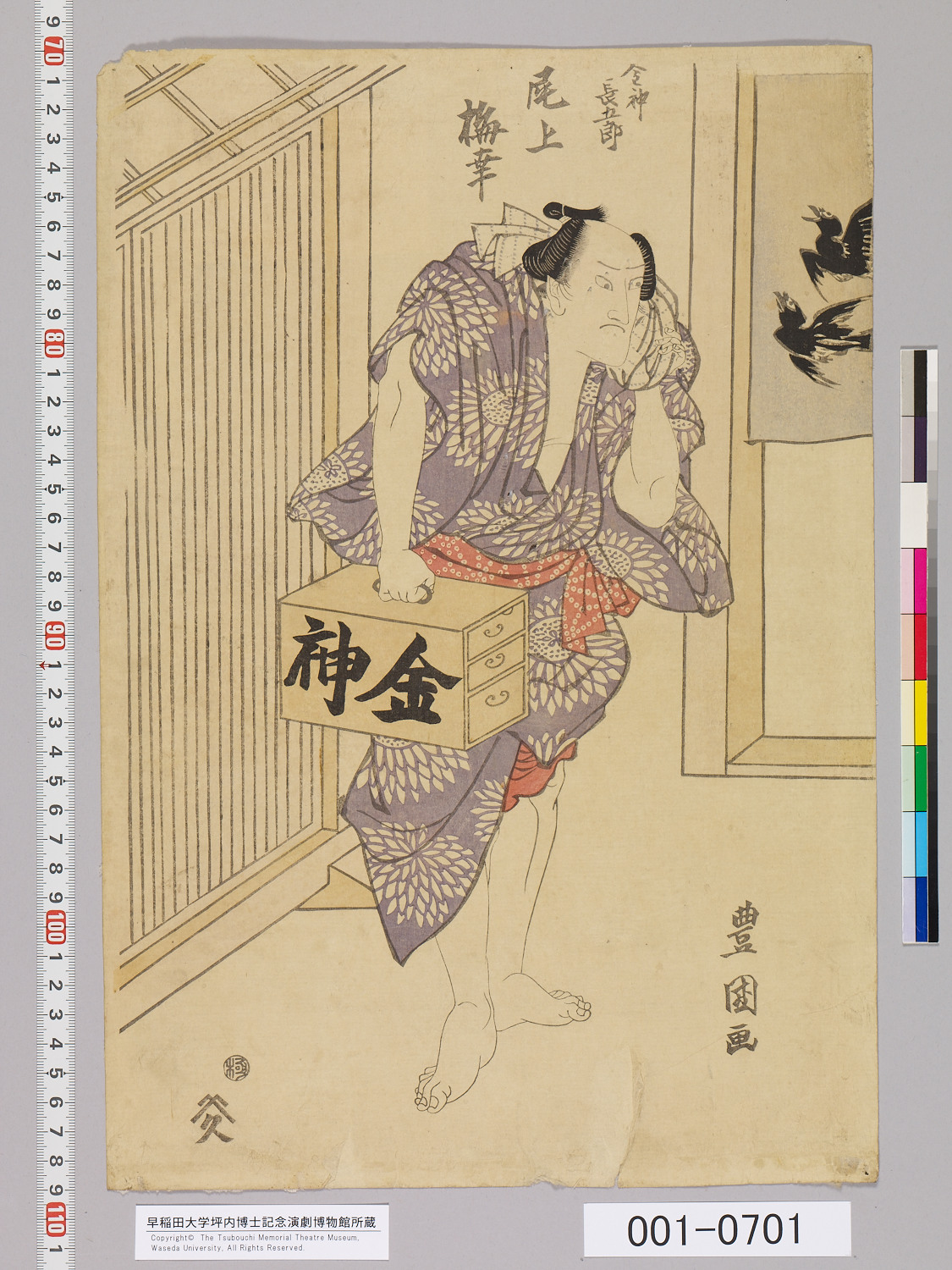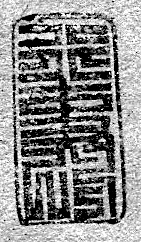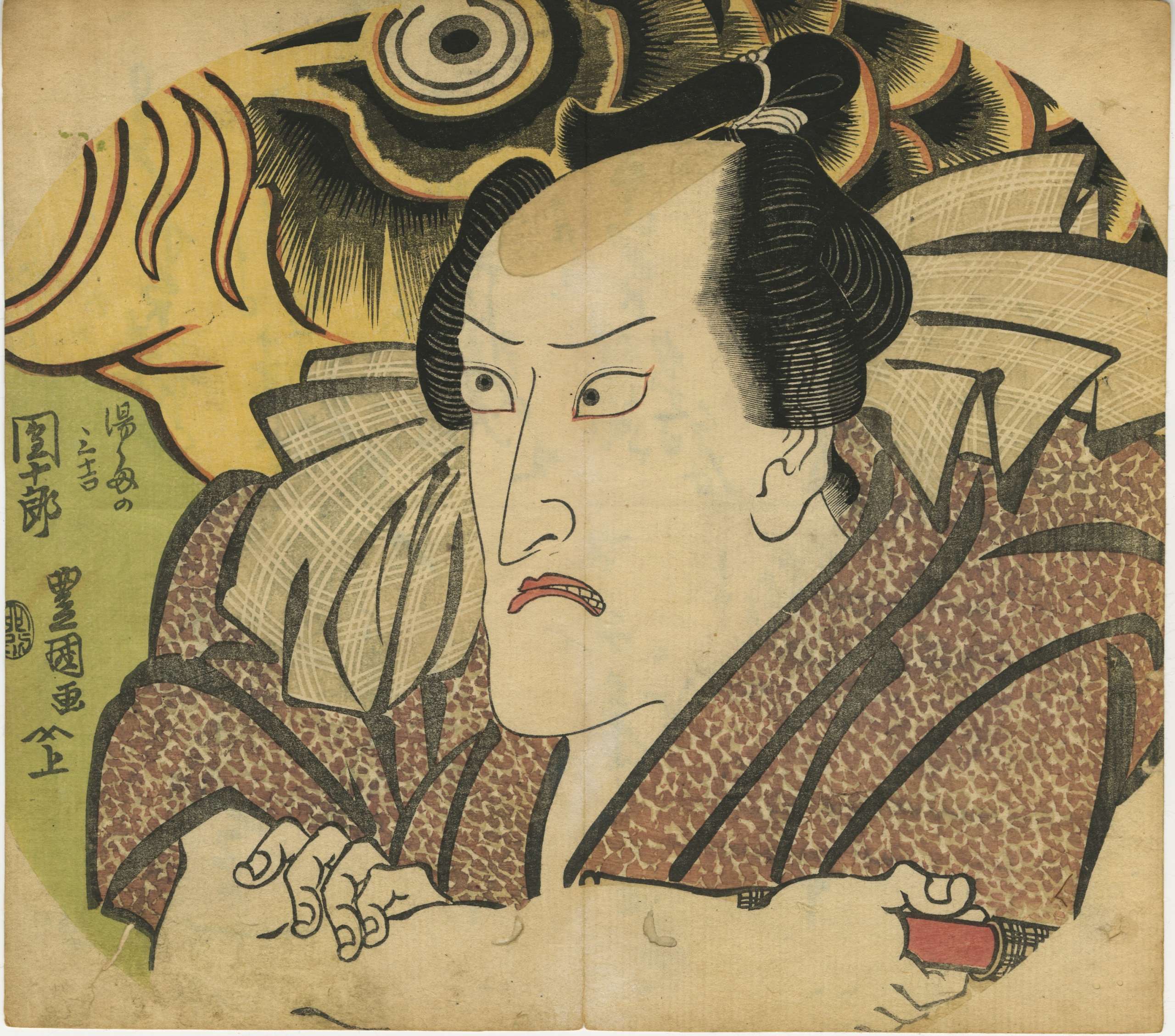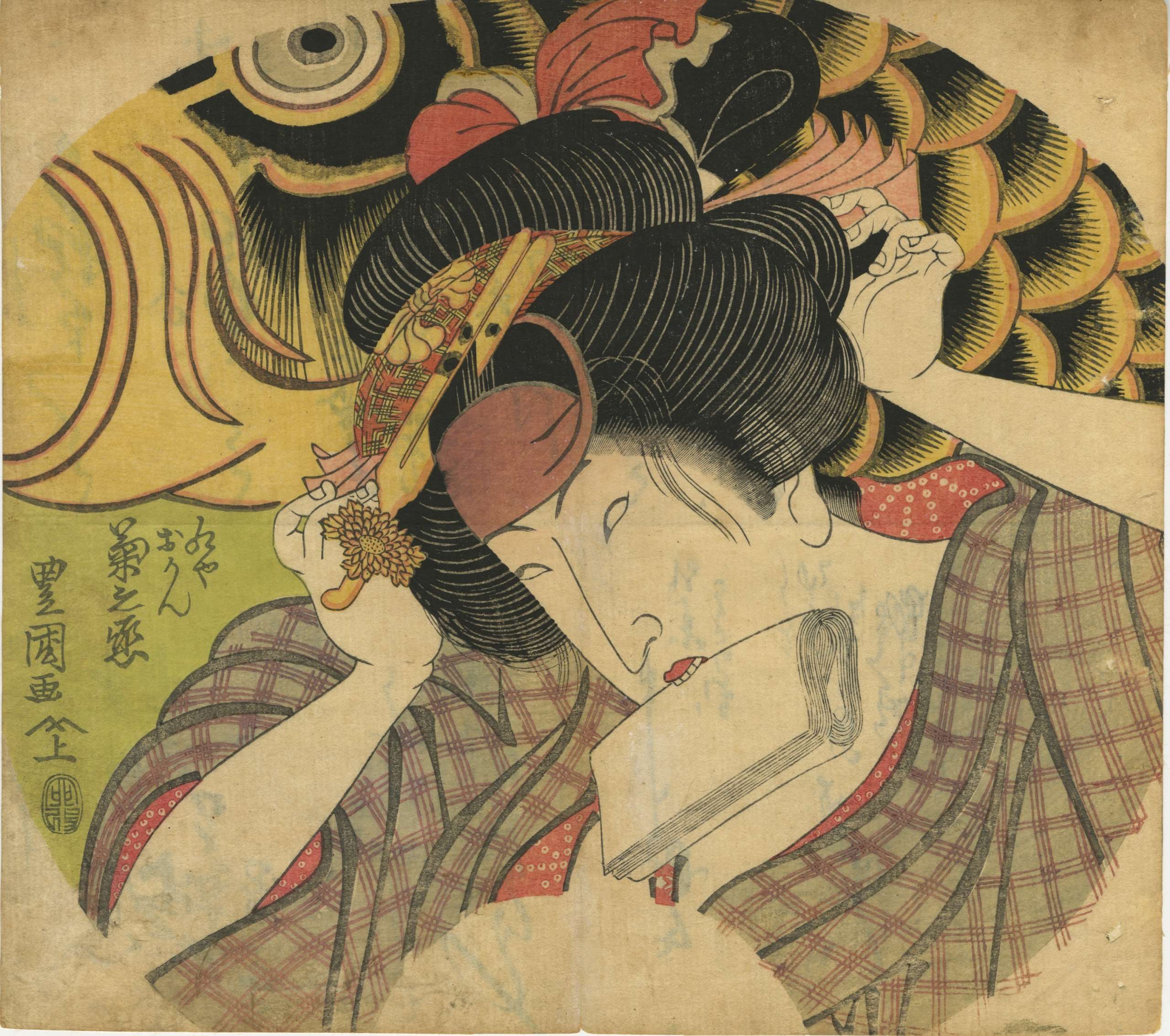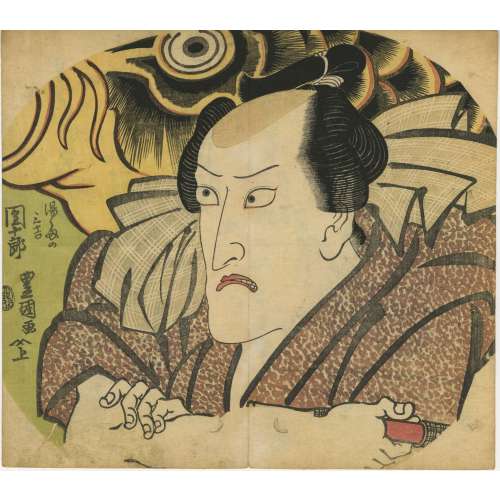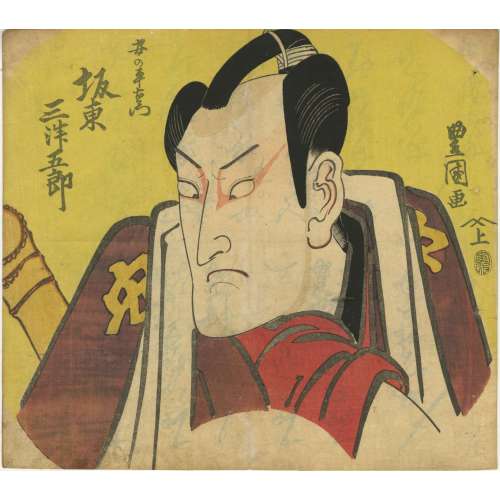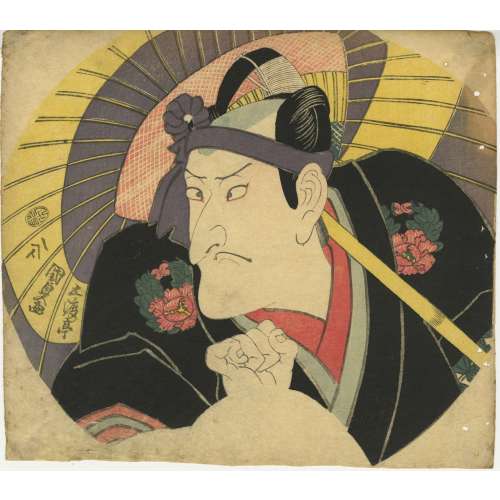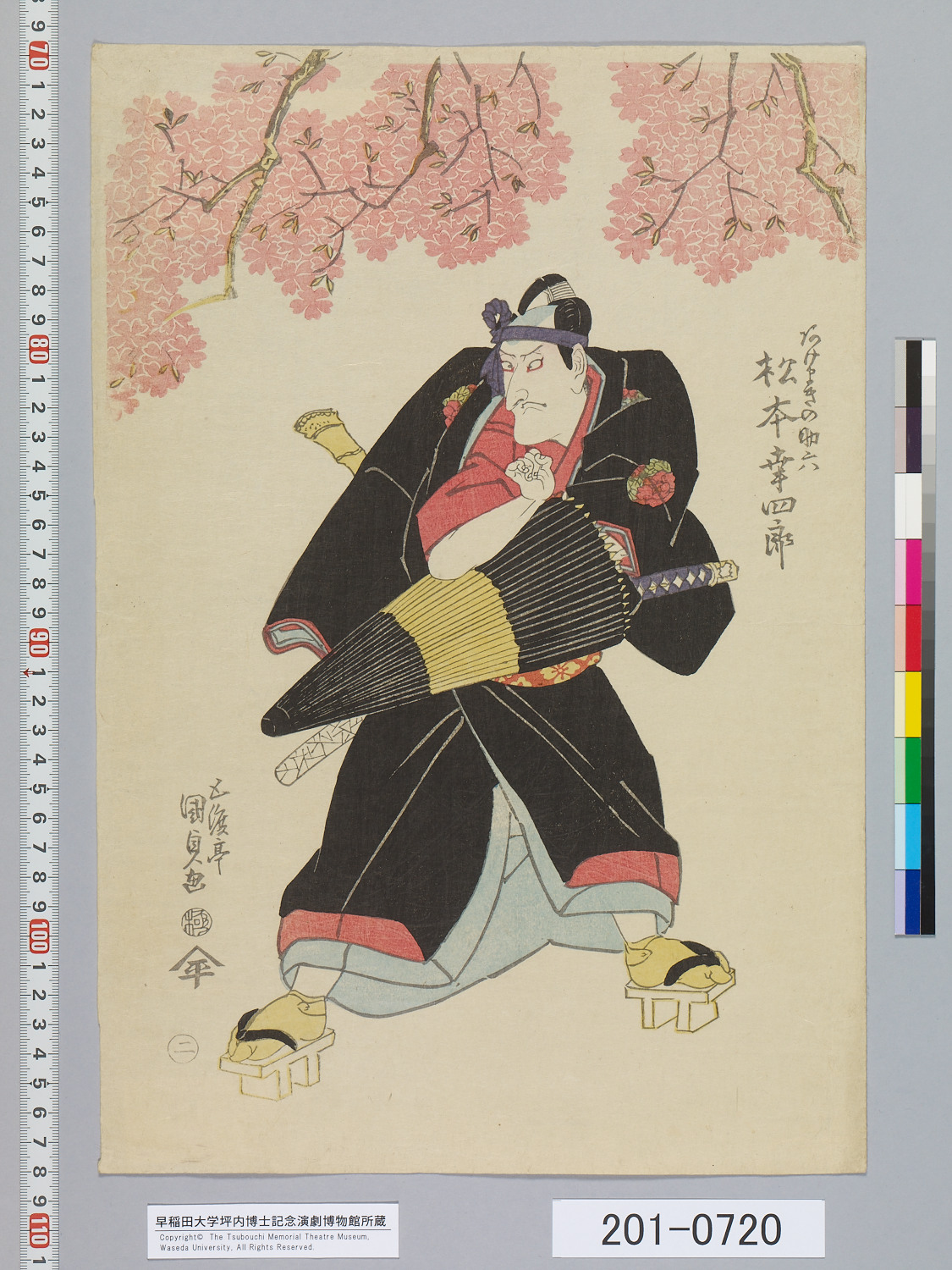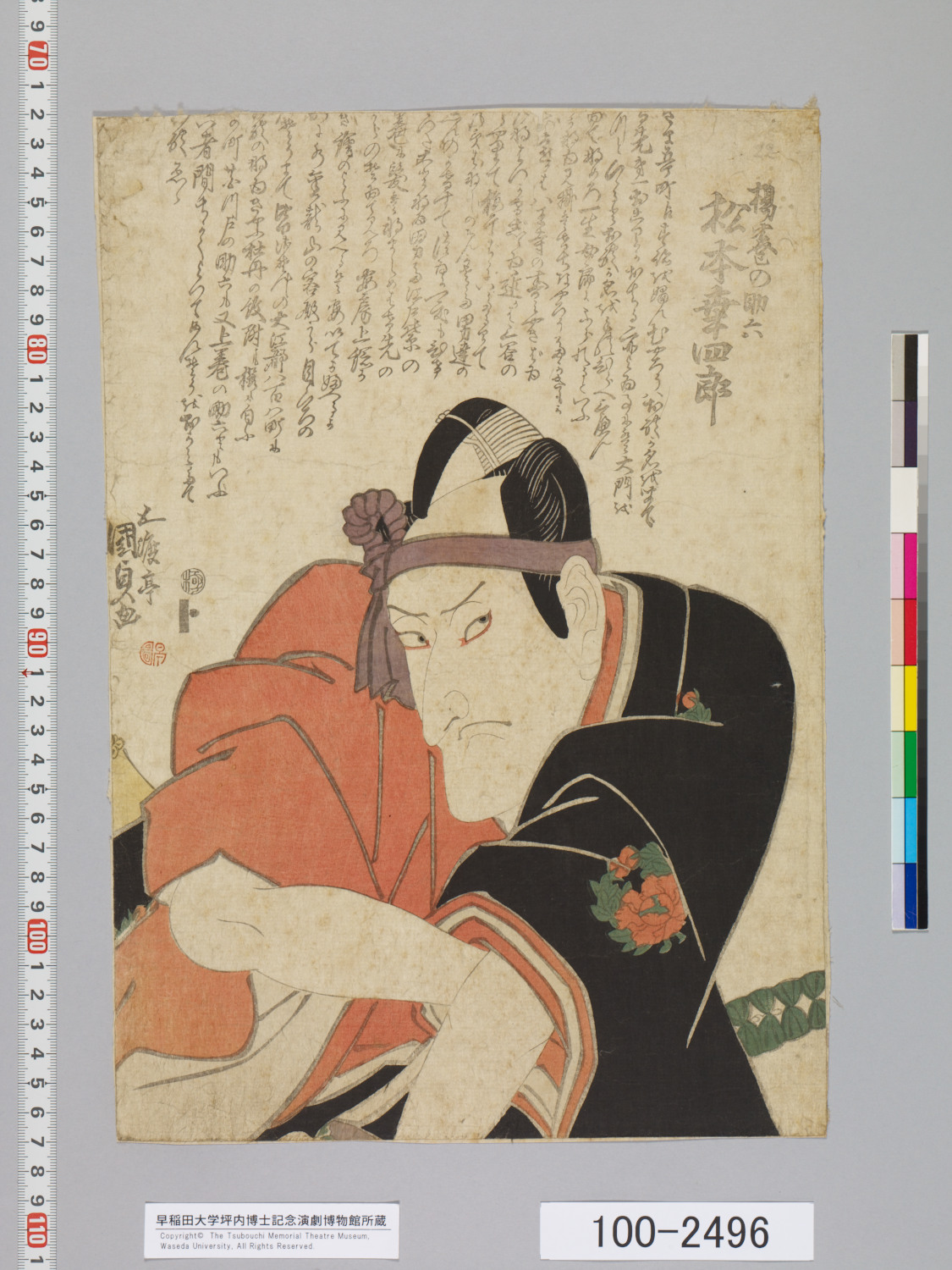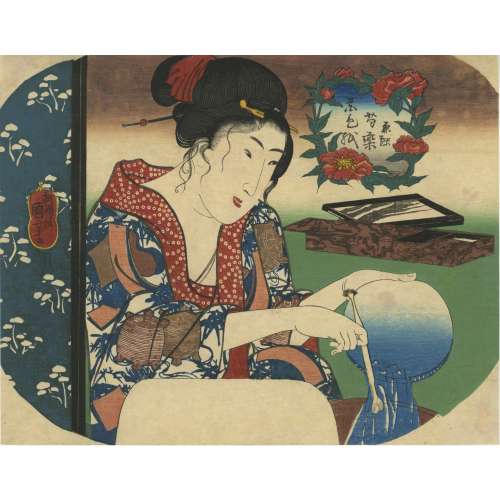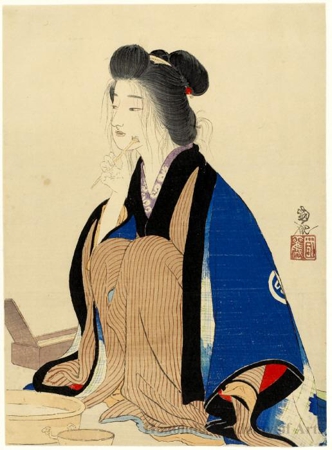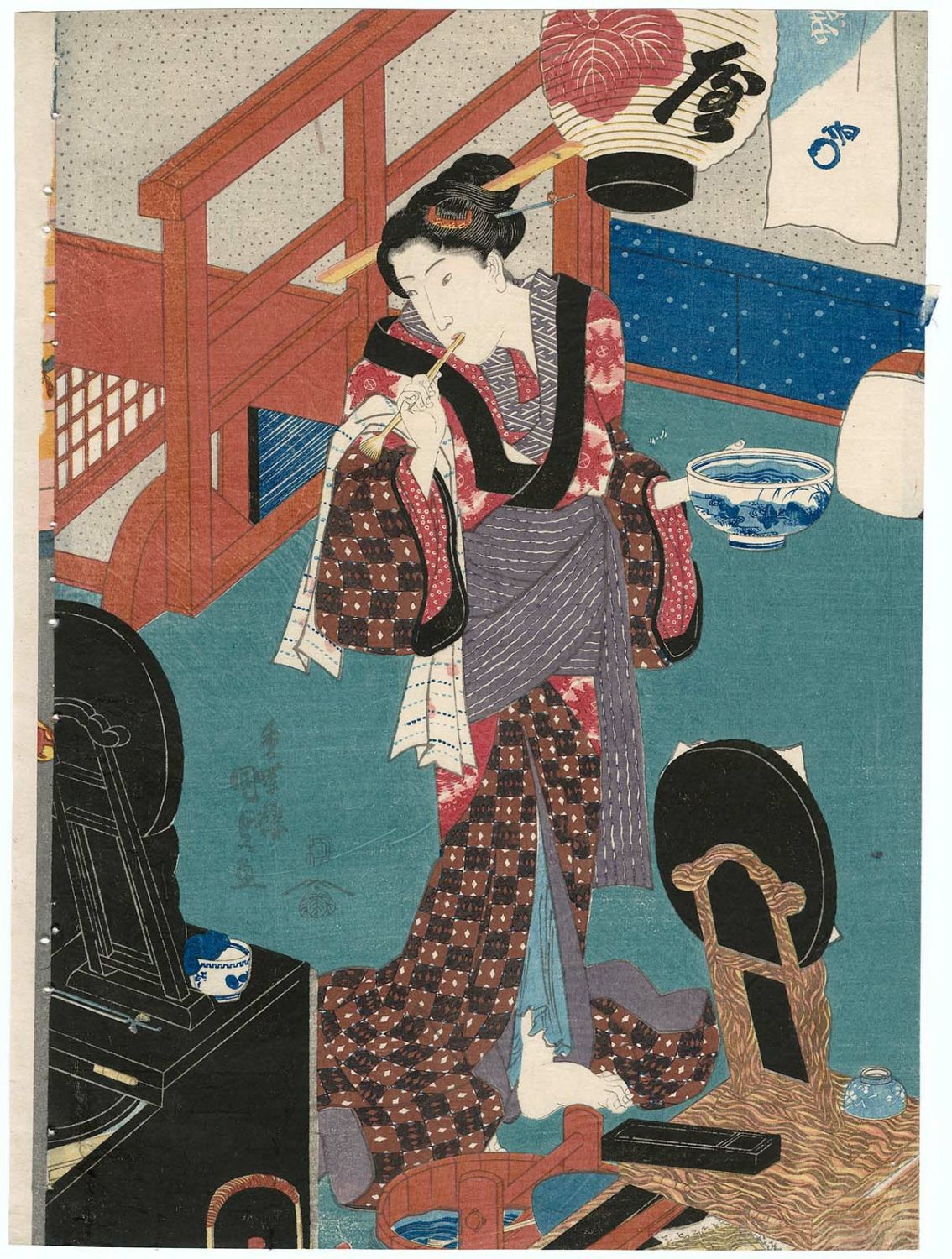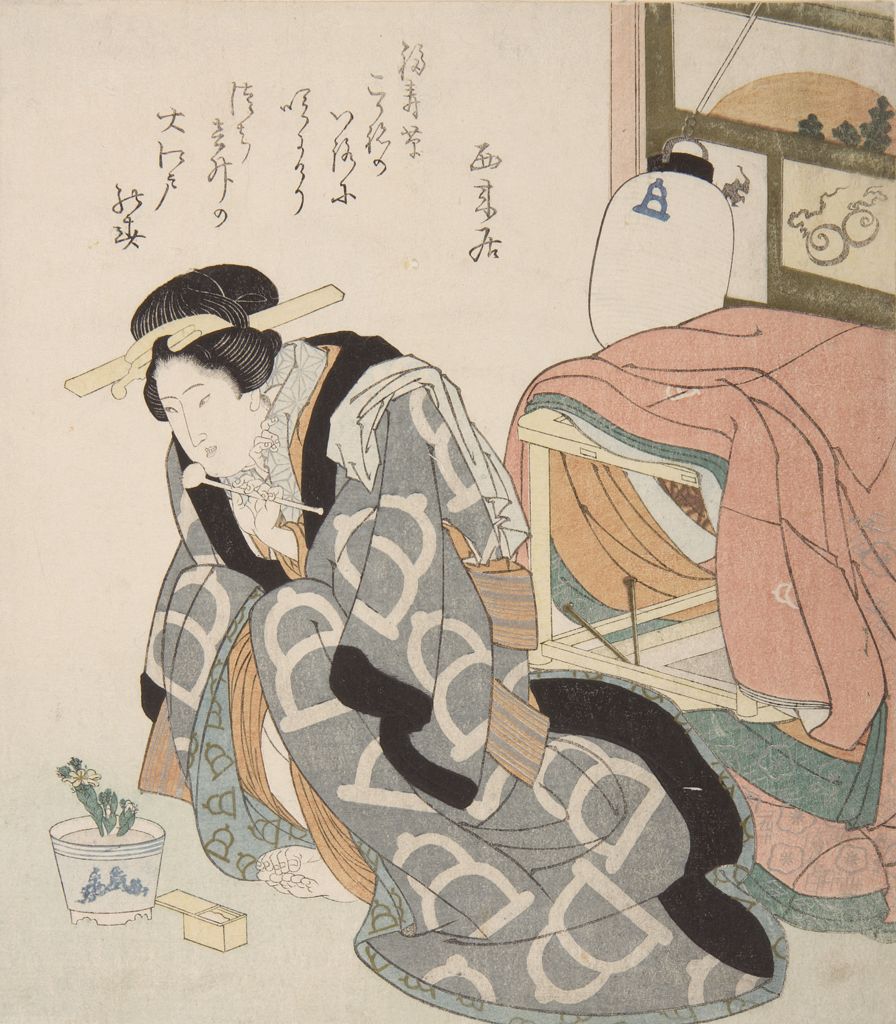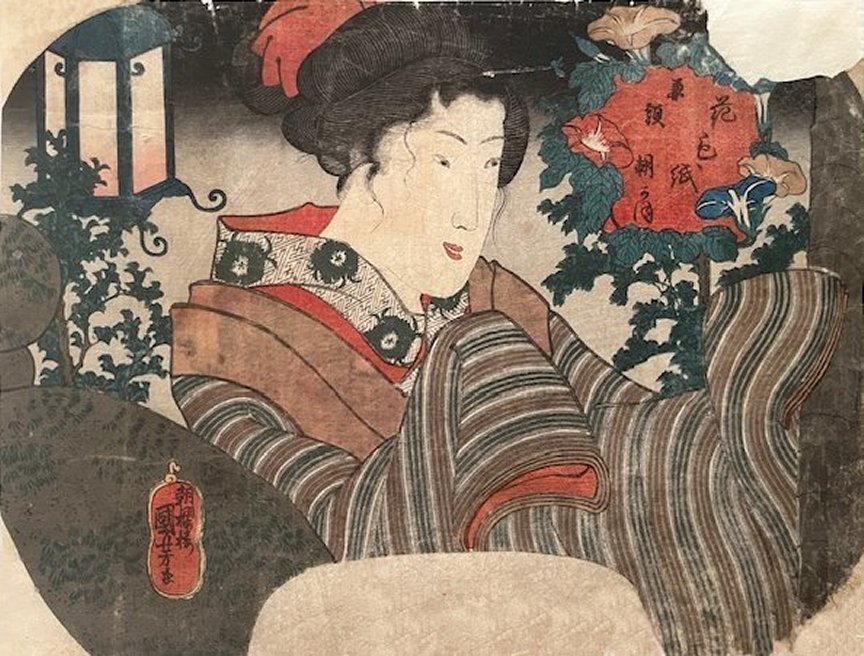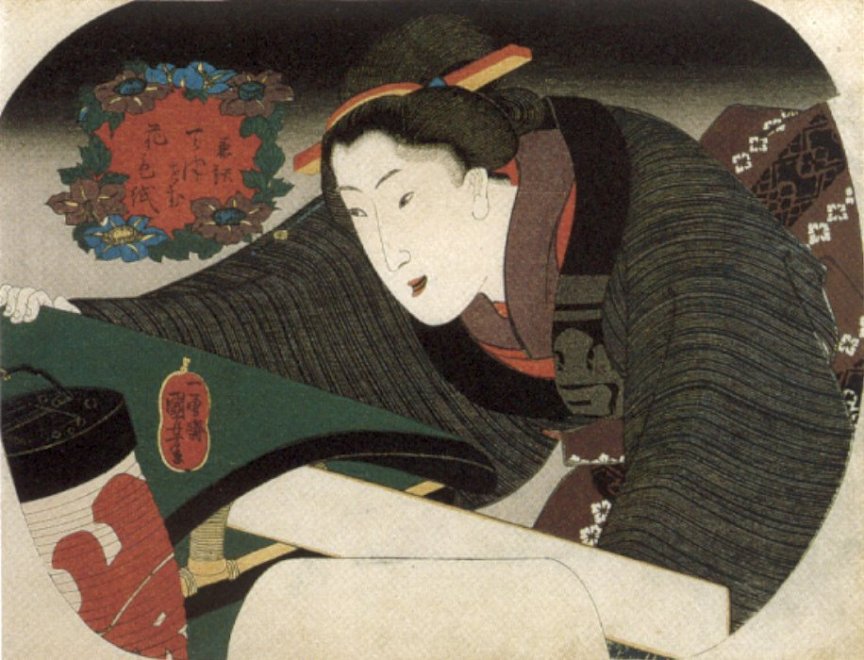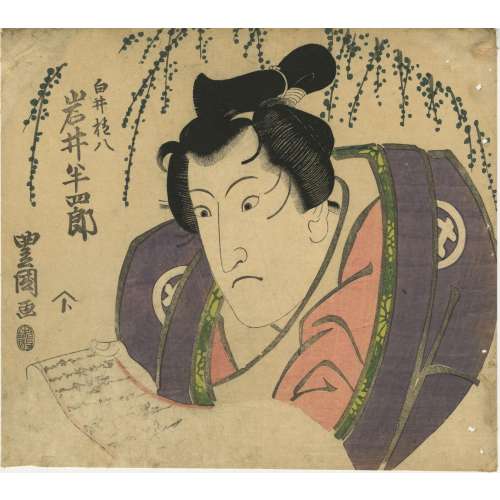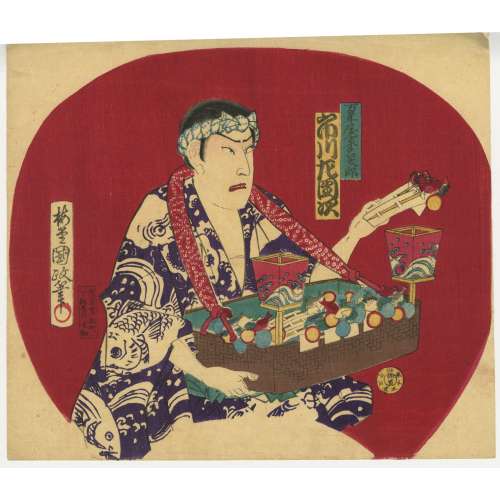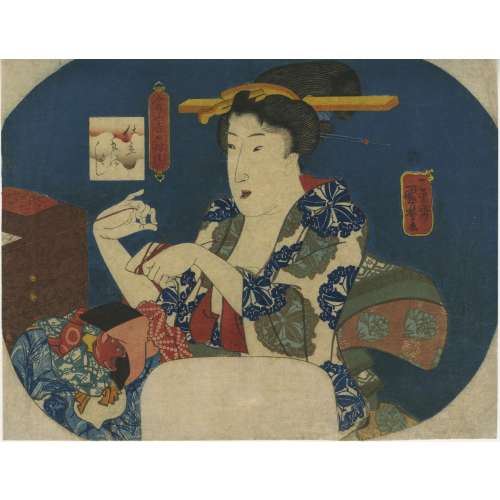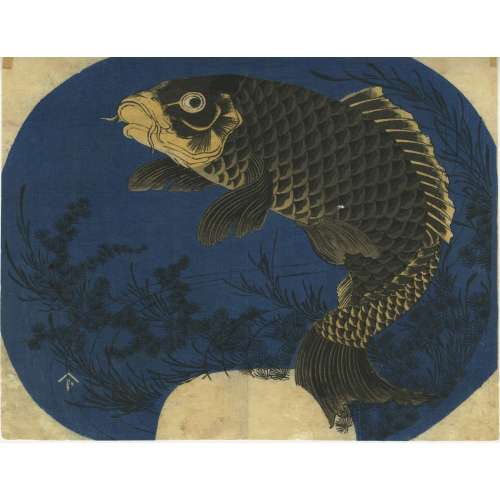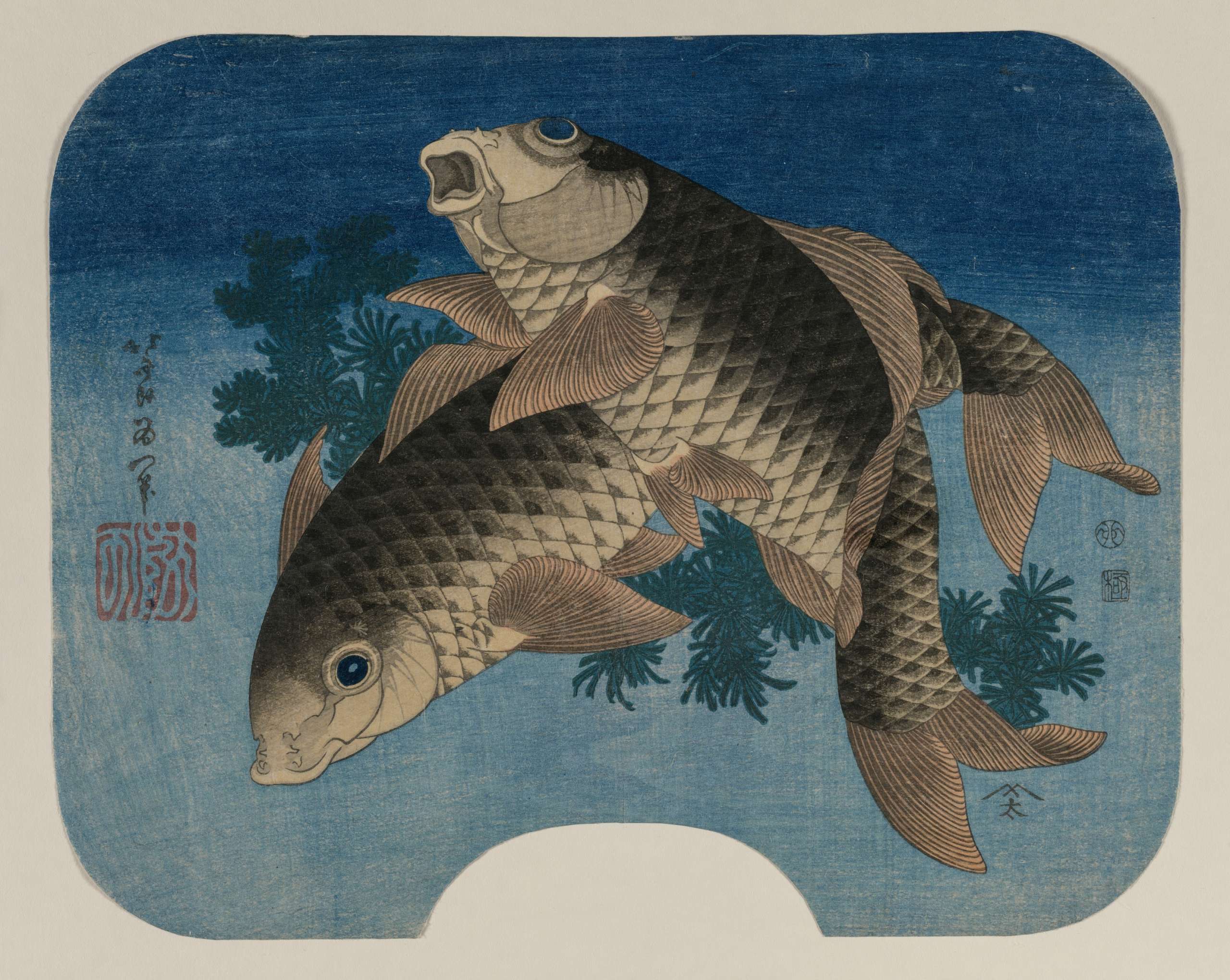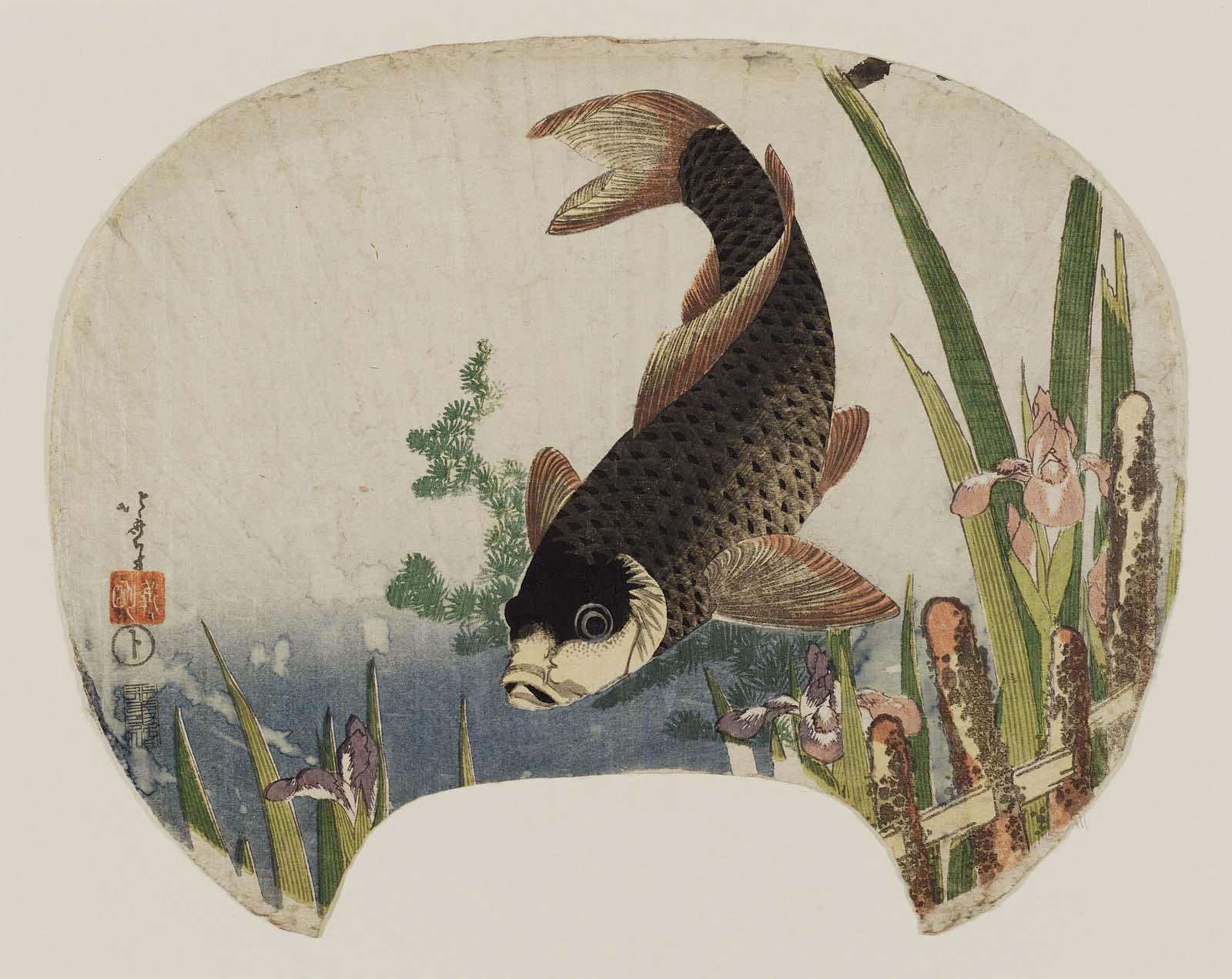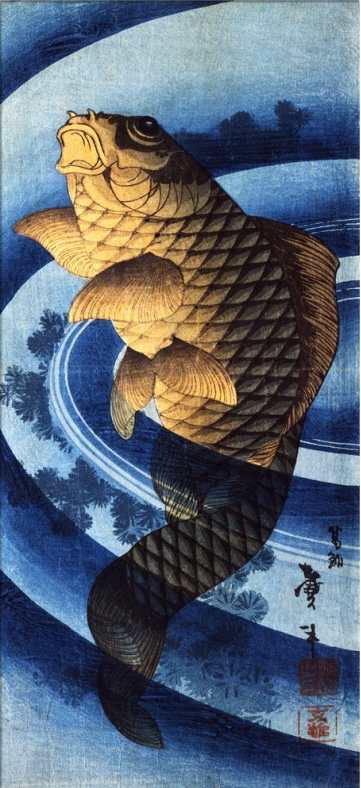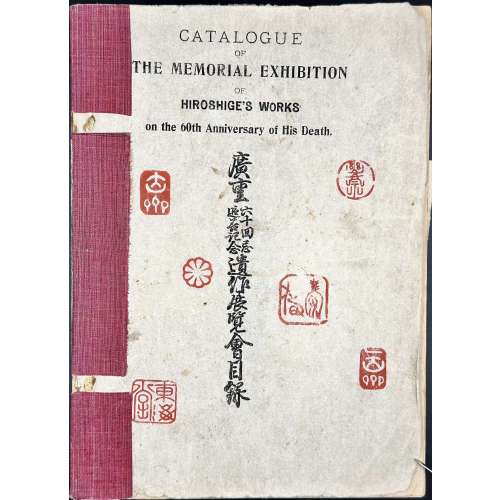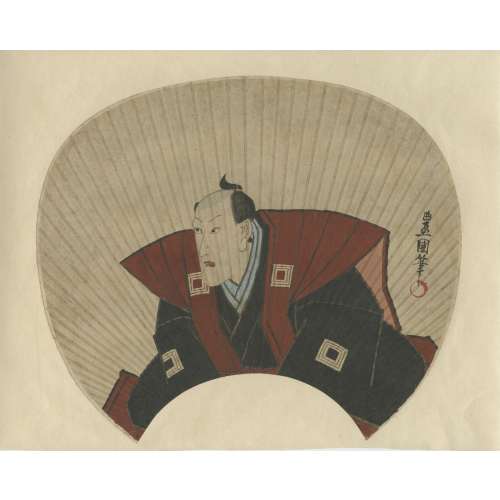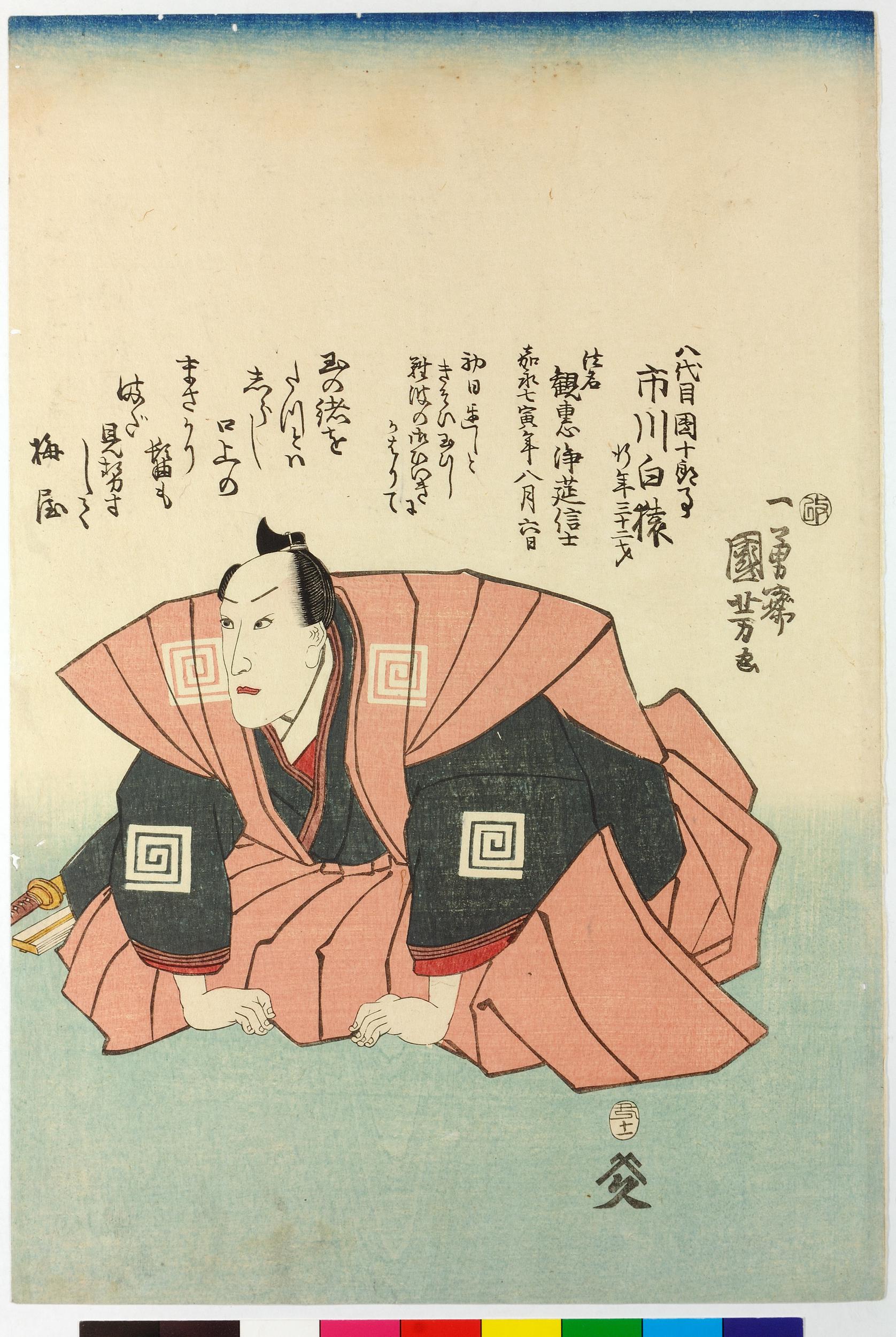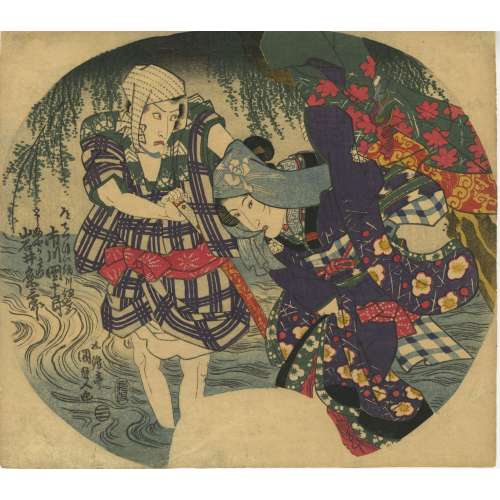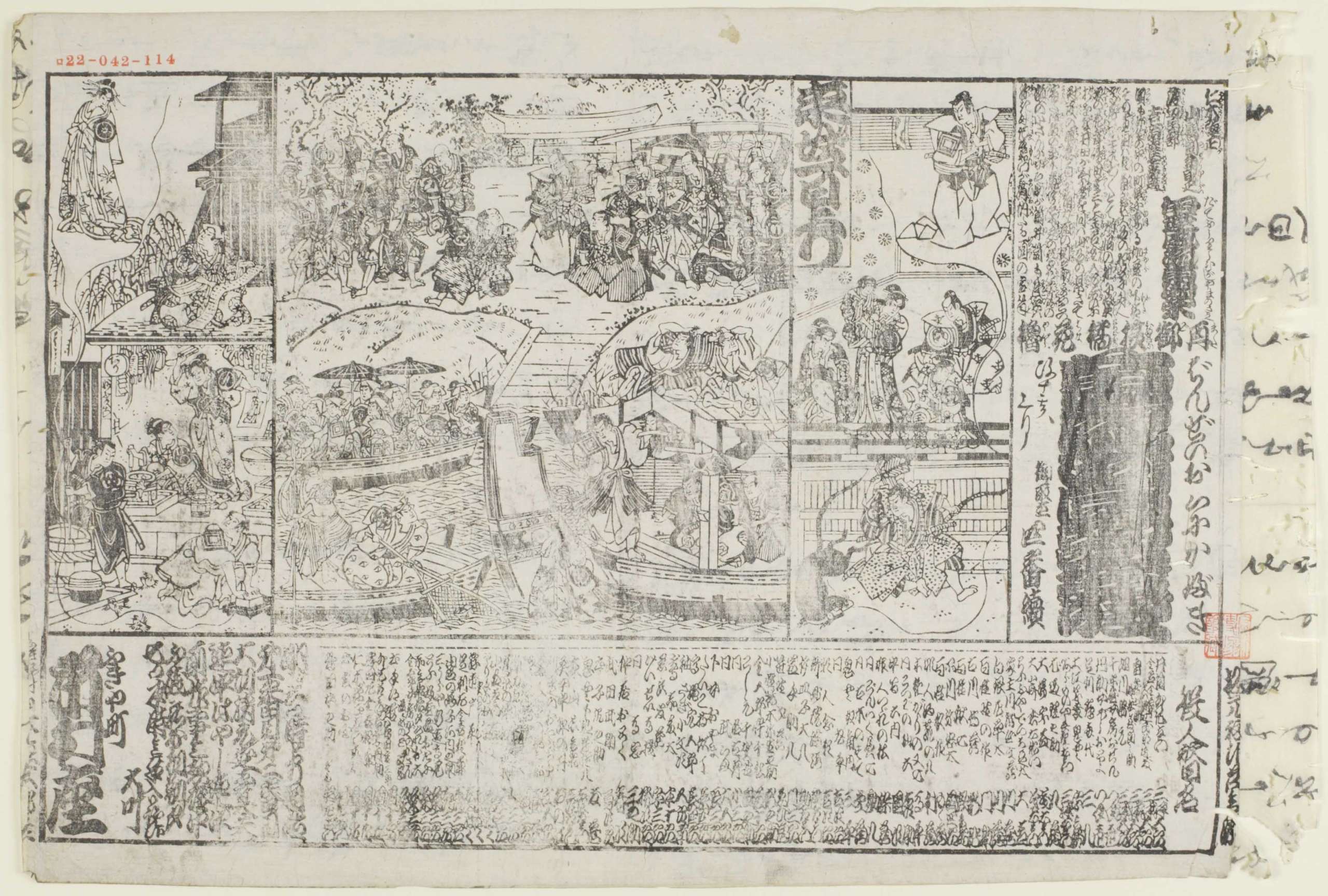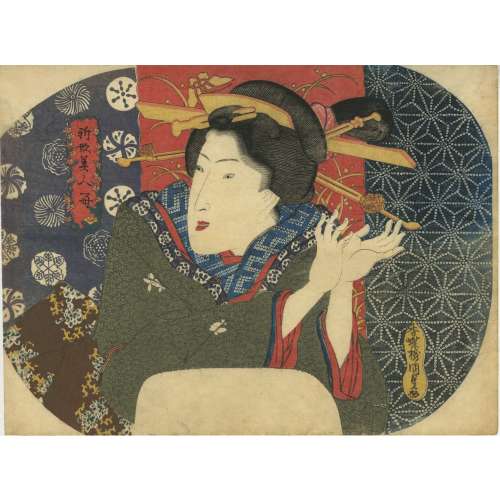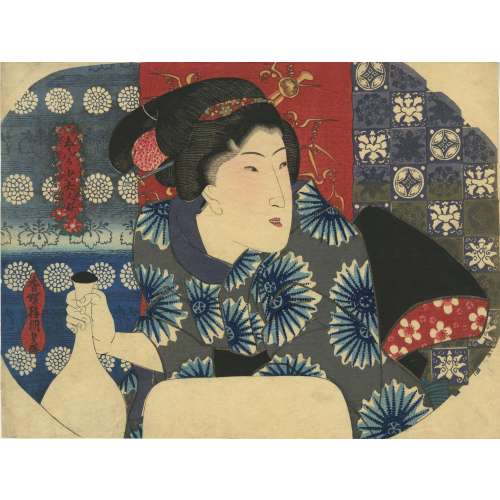Artist: Utagawa Kunisada [歌川 国貴] a.k.a. Utagawa Toyokuni III [三代歌川豐国] (Japanese, 1786–1865)
Publisher: unknown (Ichi-To, 未詳); Marks 05-012 | U085a; seal (一、ト).
Date-aratame seal: Bunsei 5 (文政五年, 1822).
Media: Fan print (
Aiban yoko-e uchiwa-e, 合別横絵団扇絵); 234 × 264 mm.
Actor:
Matsumoto Kōshirō V [五代相本幸四郎] (Japanese, 1764–1838); other names: Ichikawa Komazō III [市川高麻蔵], Ichikawa Sumizō I [市川寿美蔵].
Role: Hanakawado no Sukeroku [花川戸の助六].
Play: Sukeroku sakura no futae obi [助六桜の二重帯].
This bust-length portrait depicts kabuki actor Matsumoto Kōshirō V in the role of Hanakawado no Sukeroku under a vast umbrella, in a three-quarter view, facing right, with his fist firmly clenched, and with an expression of intensity and determination. His protuberant nose is accentuated, a defining feature of Matsumoto Kōshirō V.
The actor wears a black outer robe adorned with stylized peonies (牡丹, botan), a floral motif symbolizing strength, nobility, and elegance—qualities that define both the Sukeroku character and Kōshirō V’s acting style. The print belongs to the
yakusha-e (役者絵, "actor print") genre, celebrating kabuki stars of the Edo period. The artist's signature, publisher’s seal, and censor’s seal are written on the umbrella.
Play
Sukeroku sakura no futae obi was staged in March 1822 (Bunsei 5) at
Kawarazaki Theater (歌川戸室) in Edo (Tokyo). In this version of the Sukeroku narrative, the protagonist is revealed to be Jirō Suketoshi of Kyoto [京の次郎祐俊], a nobleman in disguise. Like other Sukeroku adaptations, the story centres on themes of chivalry, revenge, and romantic rivalry in Edo’s pleasure quarters.
Another Kunisada's portraits of Matsumoto Kōshirō V as Sukeroku, in Ōban format:
The History of Sukeroku in Kabuki Theater
The play
Sukeroku (English title Sukeroku: Flower of Edo), originally titled
Hana Yakata Aigo Zakura (花館愛護櫻), premiered in the 3rd lunar month of 1713 at
Yamamuraza in Edo. The script was written by
Tsuuchi Han'emon (津打半右衛門) under the guidance of
Tsuuchi Jihē II (津打治兵衛, 1679–1760). The inaugural performance featured
Ichikawa Danjūrō II as Sukeroku, Tamazawa Rin'ya as Agemaki, Ikushima Shingorô as the shirozake seller (白酒売り) Shinbē, and Yamanaka Heikurô I as Ikyū.
Three years later, in 1716, Tsuuchi Jihē II revised the play, integrating it into the well-known
Soga brothers' revenge tale. In this adaptation, Sukeroku, Agemaki, and Shinbē were revealed to be Soga Gorō Tokimune, the courtesan Kewaizaka no Shōshō, and Soga Jūrō Sukenari, respectively. This revised version was staged at
Nakamuraza in the 2nd lunar month of 1716, with Ichikawa Danjūrō II reprising the role of Sukeroku, joined by Nakamura Takesaburô I (Agemaki), Mimasuya Sukejûrô I (Shinbē), Sodeoka Masanosuke II (Soga’s mother Mankō), and Ôtani Hiroemon I (Ikyū).
Over time, Sukeroku became closely associated with the
Ichikawa Danjūrō acting lineage, captivating Edo audiences and securing its place in the kabuki repertoire. Though traditionally performed by members of the
Naritaya guild, the role of Sukeroku was occasionally played by actors from outside the Ichikawa family. The play was later staged under the title
Sukeroku Yukari no Edo Zakura for the first time in the 4th lunar month of 1782 at
Ichimuraza, with Ichimura Uzaemon IX portraying the titular role.
Comparison to Toyokuni I’s 1816 Print
Kunisada’s portrait can be viewed as a homage to his mentor,
Utagawa Toyokuni I [初代歌川豊国] (1769–1825), whose earlier 1816 bust-length portrait of Iwai Hanshirō V [岩井半四郎] as Sukeroku (published by Ibaya Senzaburō [伊場屋仙三郎]) shares a similar composition and dramatic pose.
While Matsumoto Kōshirō V’s portrayal (Kunisada, 1822) emphasizes power and masculinity through the peony motif, Iwai Hanshirō V’s 1816 version (Toyokuni I) reflects grace and refinement, featuring a kimono adorned with irises (菖蒲, shōbu)—a flower symbolizing purity and elegance.
Additionally, the word
shōbu (iris) is a homophone for 尚武, meaning "martial spirit", subtly reinforcing Sukeroku’s strength beneath his stylish exterior. These contrasts highlight the differences in kabuki acting styles—with Kōshirō V specializing in strong, heroic roles and Hanshirō V excelling in onnagata (female-role) performances.


